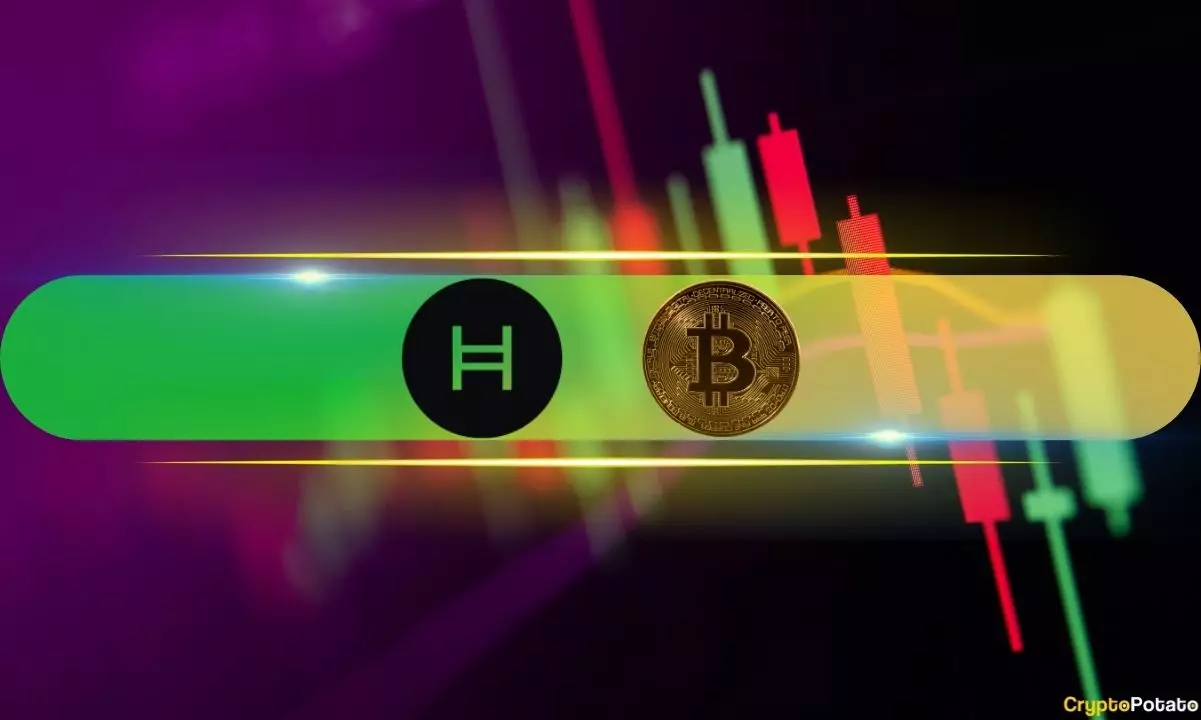The cryptocurrency market has recently experienced a deceptive tranquility, masking underlying volatility that could erupt at any moment. While Bitcoin’s price has seemingly stabilized, hovering around $118,000 after a meteoric climb, such calm is often a telltale sign of brewing instability. When markets settle after a violent rally, it doesn’t signal genuine confidence; instead, it often indicates traders are waiting for the next catalyst—a volatile event that could push prices into unpredictable territory. This cautious silence, especially after Bitcoin’s record-breaking surge, should not be mistaken for strength. Instead, it exposes fragility, leaving retail investors vulnerable to sudden crashes if the momentum shifts unexpectedly.
The Tug of War Between Bullish Optimism and Underlying Risks
The recent rally above $110,000, culminating in almost $119,000 in record territory, was driven by speculative fervor rather than fundamental growth. Such rapid gains often attract a broad spectrum of market participants—from savvy institutional investors to inexperienced retail traders—each reacting differently to sudden price movements. While this exuberance fuels the illusion of a robust bullish environment, it also boosts systemic vulnerabilities. The surge was seemingly propelled by external factors—possible macroeconomic shifts, geopolitical tensions, or mere momentum spurred by social media hype—highlighting how fragile such rallies can be. In a broader context, overreliance on haphazard speculations undermines market stability, especially when the underlying economic rationale remains ambiguous.
The Illusion of Altcoin Resilience and False Promises
The performance of altcoins like XLM and HBAR further complicates the market picture. Their impressive weekly gains—XLM extending to over 85% and HBAR soaring nearly 50%—may seem promising but raise concerns about sustainability. Often, these surges are driven by fleeting speculative bubbles rather than genuine technological advancements or adoption. Such rapid growth is susceptible to sharp retracements, which can send shockwaves across the crypto ecosystem. Moreover, their outperformance amidst Bitcoin’s relative stagnation underscores a false sense of diversification, fostering complacency among investors who may believe the rally can continue unabated. This herd mentality ignores the historical tendency for such double-digit pumps to vanish as quickly as they appeared, leaving late entrants exposed.
The Broader Implications for Market Regulation and Investor Confidence
The current crypto market’s behavior underscores a critical need for clearer regulation and investor education—measures that are often lacking in digital assets. As the market expands into new heights, fueled by unsubstantiated optimism, regulatory complacency risks turning a potential bubble into a full-blown financial crisis. Governments and regulatory bodies face a dilemma: intervene to curb excesses or allow market forces to run their course, risking further volatility. For investors, particularly those who are center-right liberals favoring market innovation balanced with safeguards, the challenge lies in fostering a resilient environment that encourages growth without unchecked speculation. Without this balance, the promise of cryptocurrencies as a transformative financial tool risks devolving into a cautionary tale of greed and regulatory neglect.














